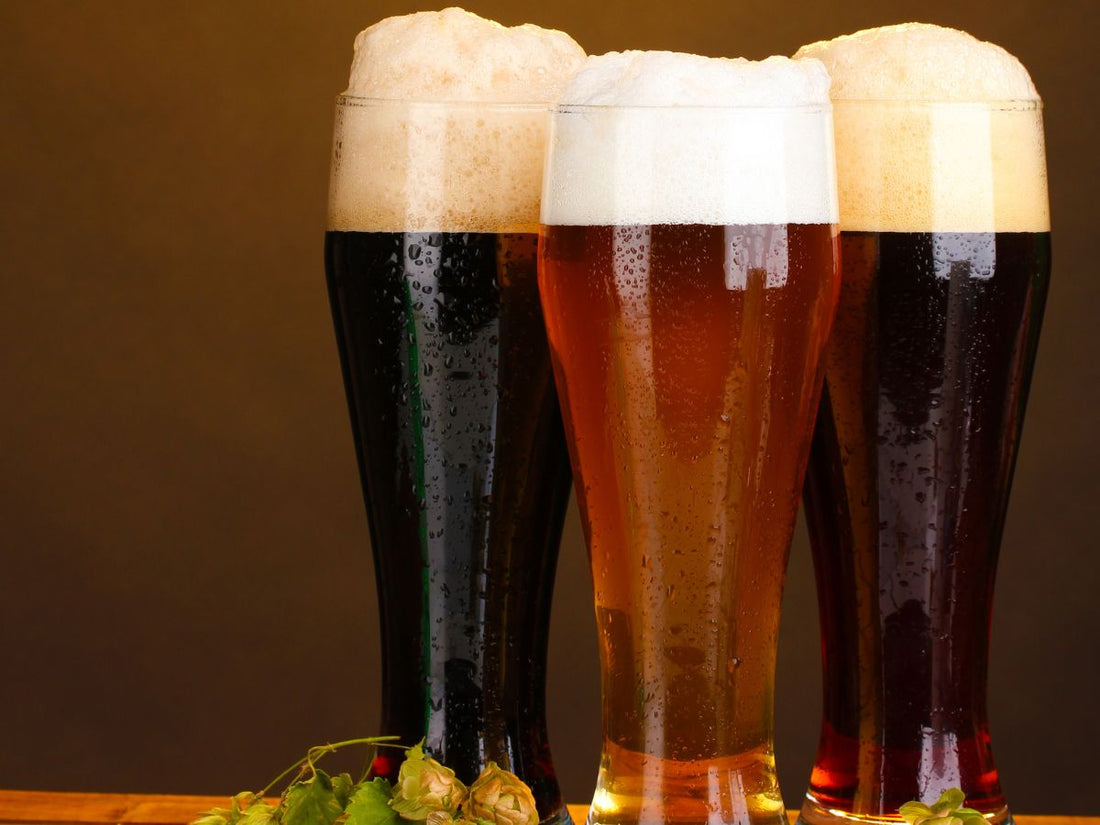The Ultimate Distillery Experience: From Grain to Glass, Everything You Required to Know
Embarking on a trip via the ins and outs of the distillery procedure introduces a world where scientific research meets creativity in the creation of spirits. From the careful choice of grains to the meticulous crafting of each bottle, every action in the manufacturing line plays an essential role in shaping the final product that graces our glasses.
The Art of Grain Choice
Picking the optimal grains is a vital step in the purification process, determining the flavor profile and high quality of the last item. The type of grain chosen substantially affects the personality of the spirit being generated - Galveston Liquor. Common grains utilized in purification consist of barley, rye, wheat, and corn, each imparting distinct flavors and qualities to the end product

Beyond taste factors to consider, the top quality and purity of the grains are paramount. Distillers diligently source grains to guarantee they are devoid of impurities and possess the essential starch content for fermentation. By grasping the art of grain option, distillers lay the foundation for developing extraordinary spirits that mesmerize the taste buds.
Purification Refine Demystified
Having actually developed the foundation with thorough grain option, the distillation procedure emerges as the transformative stage where the essence of the chosen grains is opened and fine-tuned into a perky kind. The process does not finish there; multiple purification runs or extra actions such as maturing in barrels may better improve the spirit, improving its intricacy, flavor, and character. Understanding the complexities of the purification process is vital for creating top notch spirits that astound aficionados and lovers alike.
Barrel Aging and Taste Advancement
During the barrel aging process, spirits go through a transformative trip as they interact with the wood, soaking up nuanced tastes and developing a rich intricacy. The kind of timber made use of, usually oak, substantially affects the final preference of the spirit. Oak barrels are favored for their one-of-a-kind residential properties that boost the flavor profile. As spirits age in the barrels, they remove compounds such as vanillin, lignin, and tannins from the timber, adding to the growth of fragrances like vanilla, sugar, flavor, and also tips of toasted oak.
The permeable nature of timber likewise allows the spirit to breathe, helping with the integration of flavors over time. Depending on the duration of aging and ecological conditions like temperature level and moisture, spirits can acquire various features, from subtle wood notes to deep, complex tastes that make each set special.
Craftsmanship in Bottling and Labeling
As spirits reach their optimal taste profiles via barrel aging, the meticulous craftsmanship in bottling and labeling ends up being the next important action in providing a premium item to consumers. The procedure of click this link bottling and classifying is an important aspect of the total distillery experience, as it is the last touchpoint before the item gets to the hands of customers (Distillery in Galveston). Workmanship in bottling entails making certain that each container is filled up specifically with the spirit, taking into consideration click this link variables such as uniformity in fill levels and the prevention of any type of contaminations entering the bottle

Sampling and Appreciating Great Spirits
To fully appreciate fine spirits, one have to engage all the detects in a intentional and conscious sampling experience. When sampling penalty spirits, it is vital to start by observing the spirit's appearance. Swish the spirit in your mouth to totally experience its structure and preference.
Conclusion
Finally, the distillery experience incorporates the elaborate art of grain choice, the exact purification procedure, the transformative barrel aging, the meticulous craftsmanship in classifying and bottling, and the advanced technique of sampling and valuing fine spirits. Each action in the manufacturing procedure plays an important function in developing high-grade you can find out more spirits that astound the detects and pleasure connoisseurs worldwide.
The type of grain selected significantly influences the personality of the spirit being produced. By understanding the art of grain selection, distillers lay the foundation for developing exceptional spirits that mesmerize the taste buds.
